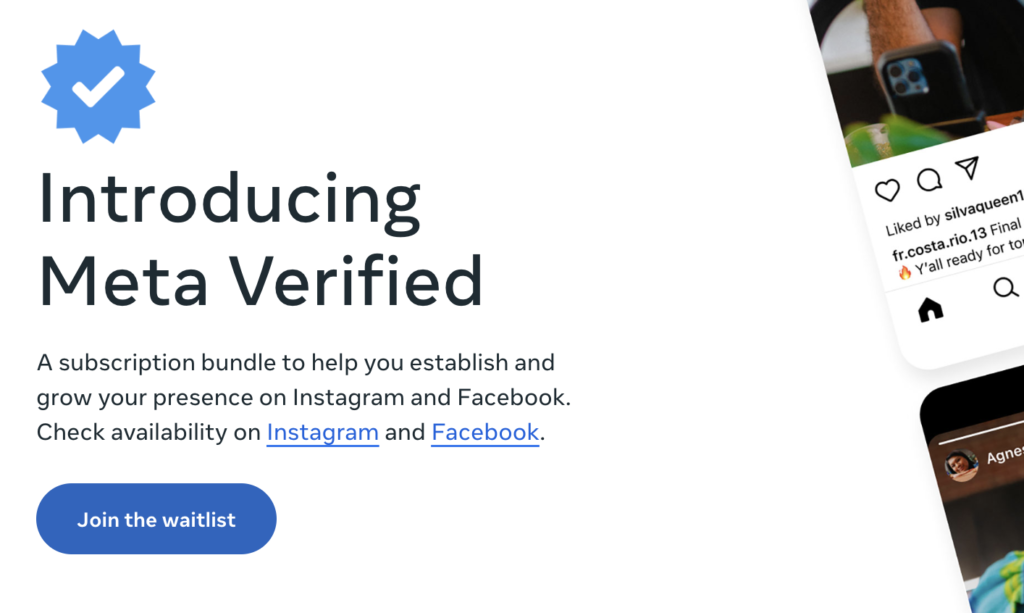If you’re a frequent user of Facebook or Instagram, you may have noticed that some accounts have a blue checkmark next to their name. This mark signifies that the account has been verified by the social media platform, confirming the authenticity of the account and the person or entity behind it. Now, with the launch of Meta Verified, Facebook’s parent company is taking this concept a step further by offering a paid verification service.
For those who are eager to get the coveted blue checkmark, the Meta Verified service may seem like a dream come true. Not only does it offer the verification badge, but it also promises increased reach on the platform, proactive account monitoring, live chat support, and exclusive features. However, as with any new service, there are both pros and cons to consider.
Let’s start with the positives. For individuals who rely on their social media presence for professional reasons, such as influencers, artists, or journalists, a verified account can provide a level of legitimacy and credibility. This can be especially important for those who are building a personal brand or seeking partnerships with businesses. Additionally, the increased reach that comes with the Meta Verified service could lead to more visibility and engagement, which could ultimately translate to more opportunities and revenue.
The proactive account monitoring is also a valuable feature, as it can help to prevent impersonation or fraud on the platform. This could be particularly beneficial for public figures or high-profile individuals who may be at risk of having fake accounts created in their name.
On the other hand, there are some potential downsides to consider. The most obvious is the cost. While $11.99 or $14.99 per month may not seem like a lot of money, it can add up over time, especially for those who are already paying for other subscription services. For individuals who are just starting out on social media or who don’t rely on their platform for income, the cost of Meta Verified may not be worth it.
There is also the risk that the Meta Verified service could lead to even more inequality on the platform. Those who can afford to pay for the service may have an advantage over those who cannot, creating a “pay-to-play” system that favors the wealthy and well-connected. This could further entrench existing power imbalances and limit opportunities for marginalized individuals or groups.
Overall, the launch of Meta Verified is an interesting development in the world of social media. While there are certainly benefits to having a verified account, it’s important to weigh the pros and cons before deciding whether or not to invest in the service. Whether it becomes a widespread trend across other platforms remains to be seen, but for now, those in Australia and New Zealand can try it out for themselves.






